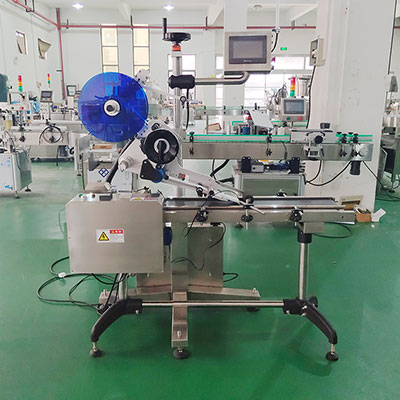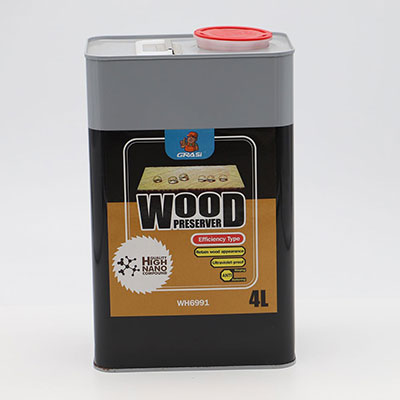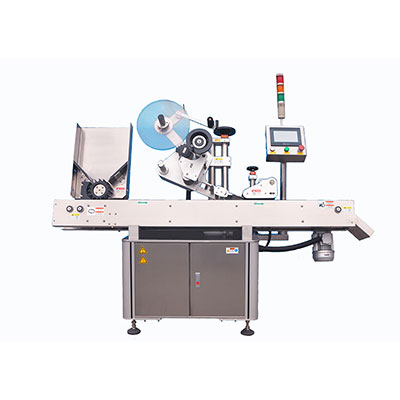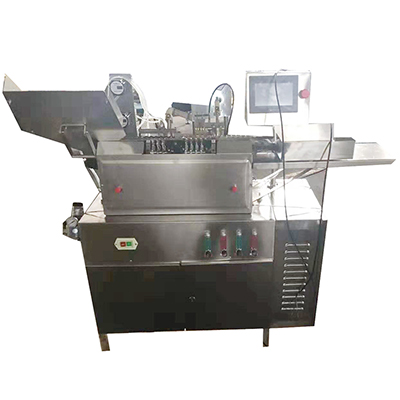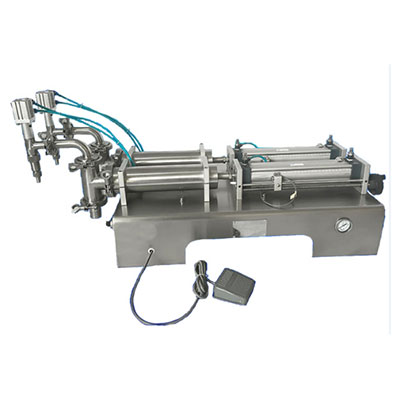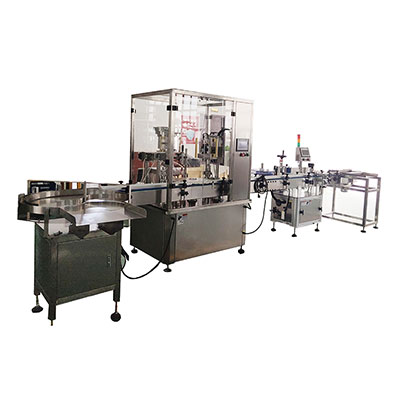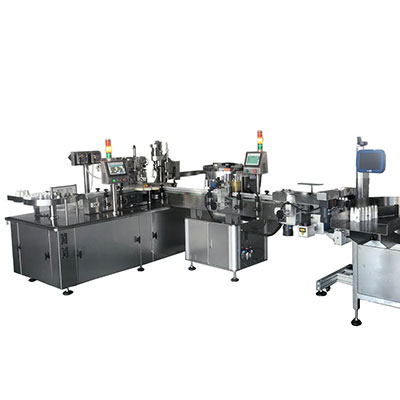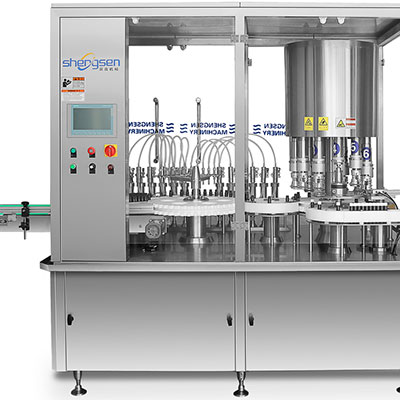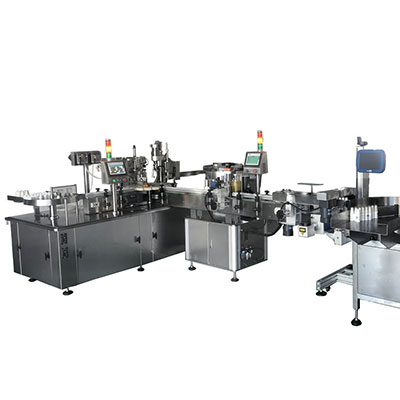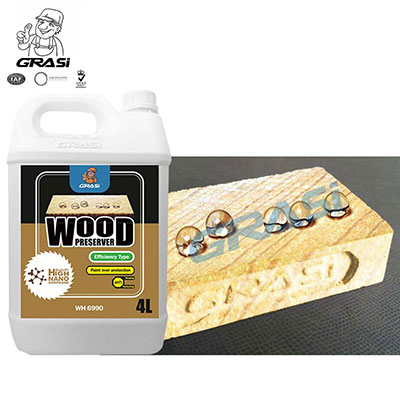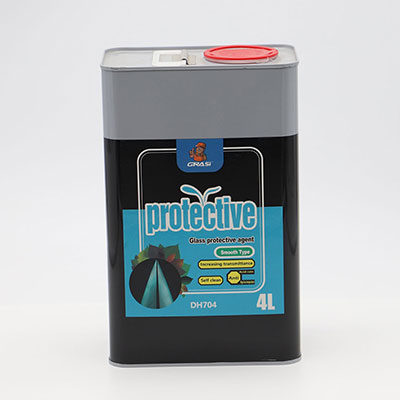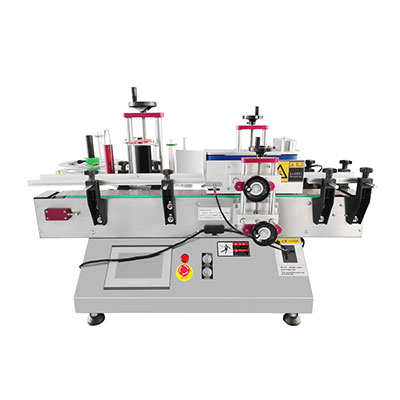Seawater Desalination System (
The seawater desalination system is a relatively small scale reverse osmosis plant designed to meet the clients' special requirements. It is mainly used to ships, and produces fresh water of no more than 1000L every hour. Designed to be small, lightweight, and easily installed, this seawater desalination system occupies small space and has strong adaptability. It even can be installed in the narrow cabins, on the decks, etc.
The seawater reverse osmosis system is easy in operation and convenient in maintenance. It immediately supplies fresh water as long as there are seawater and electricity. This specially devised reverse osmosis desalination plant offers high desalination rate. Its stable performance guarantees the safety and reliability. What's more, the seawater desalination system has been uniquely designed to avoid the frequent cleaning. No environment pollution will be resulted in. The rack coated from carbon steel is rustless.
With the power supply of 220V/60HZ, 380V/50HZ, the small-scale reverse osmosis water system adapts to most ships. Pure water made by this equipment conforms to the drinking water standard GB5749-85. The seawater desalination system has been exported to Chile, Portugal, Angola, Vietnam, Kiribati, and many other countries.
Features
The small-scale reverse osmosis seawater desalination system features small size and easy installation. It is comprised of the special high-quality parts shown as below:
1. Corrosion proof frame coated from carbon steel
2. German 316SS high-pressure pump
3. Dow 4040 desalination membrane
4. 316SS high-pressure pipeline
5. 1000PSI reverse osmosis membrane shell
6. Source water booster pump
This seawater desalination system is well accepted in the current market. You can refer to the table below for the parameters. Please don't hesitate to contact our sales engineers, once you have any special needs. Customized machines are available upon request.
Parameters| Model | SWRO-1 | SWRO-2 | SWRO-3 | SWRO-5 | SWRO-10 | |
| Performance | Pure Water Production | 0.05M3/H (1M3/D) | 0.1M3/H (2M3/D) | 0.15M3/H (3M3/D) | 0.25M3/H (5M3/D) | 0.5M3/H (10M3/D) |
| Main RO Membrane Dimension for reference (M) | 0.8×0.6×1.5 | 0.8×0.6×1.5 | 0.8×0.6×1.5 | 1.2×0.8×1.7 | 1.4×1.2×1.9 | |
| Weight for reference (KG) | 300 | 300 | 350 | 400 | 450 | |
| Main HP Pump Power Loading (KW) | 2.2 | 2.2 | 2.2 | 4 | 4 | |
Working Principle
This small-scale reverse osmosis seawater desalination system needs a good pretreatment system to ensure good water output quality. It is known that seawater has higher hardness as well as contains higher total dissolved solids and other impurities. During the operation, the reverse osmosis system is sensitive to turbidity, temperature, hardness, PH value, chemical substances, etc. As a result, the seawater desalination system has higher requirements toward inlet water. The poorer the inlet water quality is, the lower the water production rate will be. Prior to entering the reverse osmosis membrane device, seawater must be pretreated. The followings are the descriptions about the commonly used seawater desalination pretreatment technologies.
a. Germicide and Algaecide
A large amount of microorganisms, bacteria, and algae exists in seawater. Their propagation and growth will directly affect the smooth, normal operation of seawater desalting equipment and process pipeline. Most seawater desalination plants use liquid chlorine, sodium hypochlorite, copper sulfate, or other chemical agents to kill bacteria and algae.
b. Coagulation and Filtration
Since seawater rises or falls periodically, it contains a large amount of sand and its turbidity changes greatly, resulting in the unstable operation of the pretreatment system. During the pretreatment, coagulation and filtration are added to decrease the turbidity through removing the colloid, impurities from seawater.
Generally, the RO seawater desalination system uses Silting Density Index(SDI). SDI of the seawater that will get into the RO water filtration system should be below 4. Seawater comes with higher specific gravity, higher PH value, and larger seasonal temperature change. Therefore, ferric trichloride is frequently used as the coagulant. It is free from temperature influence, and has fast sedimentation speed.
c. Filter
To further improve the pure water quality and lower the inlet water turbidity, a sand filter is used after the coagulation filtration. It can remove tiny suspended solids and particles from water.
d. Scale Inhibitor and Reducing Agent
For the sake of smooth operation of reverse osmosis system, a scale inhibitor is required. It should be selected according to the water quality. In addition, an oxidizing agent has been added into the pretreatment for sterilization. As a consequence, we need to add a reducing agent into the seawater inflow, so that the residual chlorine contained in the marine water could be smaller than 0.1ppm ( or ORP<200mV).
e. Cartridge Filter
The cartridge filter is 316L filter, aperture of which is 5μm. It filters out at least Φ5μm particles or impurities from the seawater that later gets into the high-pressure pump. Aside from the high-pressure pump, it also keeps the long-term smooth operation of both energy recovery device and RO membrane element.
f. High-pressure Pump and Energy Recovery Device
Both high-pressure pump and energy recovery device are important equipment utilized to provide energy conversion and save energy, respectively. The energy recovery device can make full use of the reverse osmosis concentrated seawater discharging pressure to increase the reverse osmosis inlet water pressure by 30%. And the concentrated seawater can be thereby utilized efficiently while minimizing the energy consumption. Also, the operation cost will be effectively cut down. We apply seawater desalination systems with German Speck high pressure pump.
g. RO Element and Device
The reverse osmosis membrane element is the core part of reverse osmosis seawater desalination system. We use SW30-4040 or 8040 RO membrane manufactured by DOW filmtec Company. This RO membrane is characterized by high desalination rate as well as good resistance to pressure, oxidization, and pollution. High pressure part of the equipment should be made of stainless steel of at least 316L, thus preventing high-pressure pipeline from seawater corrosion.
h. Control System
The whole seawater desalination system adopts the programmable logic controllers to form a control system which is comprised of the dispersed sampling control and centralized monitoring operation. A high and low pressure protection switch has been set according to the technological parameters. It is an automatic transfer switch that can realize the automatic switchover and automatic alarming or stop when the conductivity, current or pressure is abnormal. That means it can safeguard the high-pressure pump and reverse osmosis membrane element.
The high-pressure pump starts and stops under the function of the frequency conversion control. Such control method not only helps save energy, but also helps prevent the high-pressure pump and membranes from being damaged. It automatically realizes the low pressure automatic flushing. Especially when the seawater desalination system stops working and sediments occurs, it automatically uses low pressure desalinated water to swap out the concentrated seawater which will pollute the membranes. In addition, the control system displays and stores the water temperature, water flow, water quality, water output, etc. A clear, dynamic monitoring system is used for the operation. All in all, the entire control system simplifies the manual operation, and ensures the reverse osmosis seawater desalination system operates automatically, safely, and reliably.
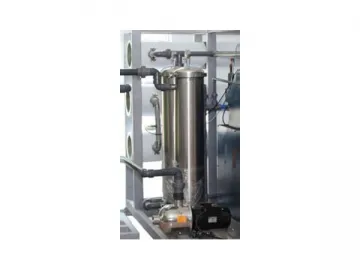
Links:https://www.globefindpro.com/products/80494.html
-
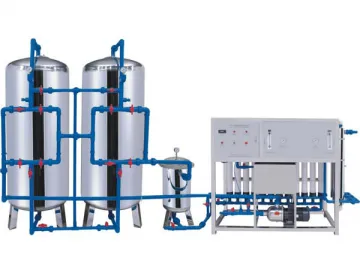 Industrial Reverse Osmosis System (6000LPH)
Industrial Reverse Osmosis System (6000LPH)
-
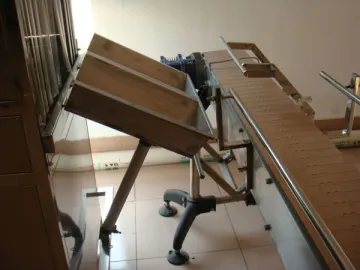 Bottle Loading Machine
Bottle Loading Machine
-
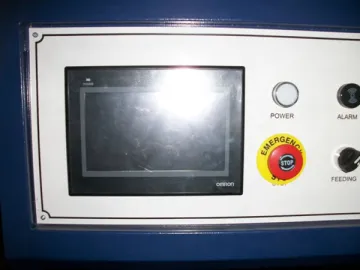 Shrink Wrap Machine
Shrink Wrap Machine
-
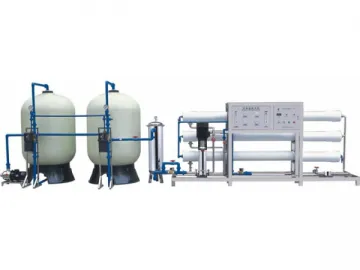 Industrial Reverse Osmosis System (5000LPH)
Industrial Reverse Osmosis System (5000LPH)
-
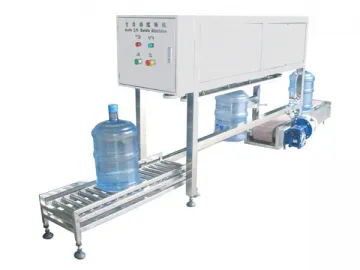 Auto Bottle Lifting Machine
Auto Bottle Lifting Machine
-
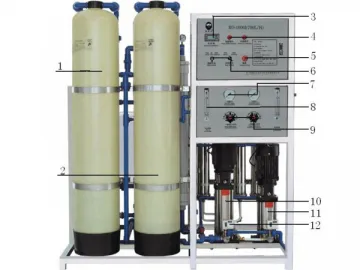 Industrial Reverse Osmosis System (700LPH)
Industrial Reverse Osmosis System (700LPH)
-
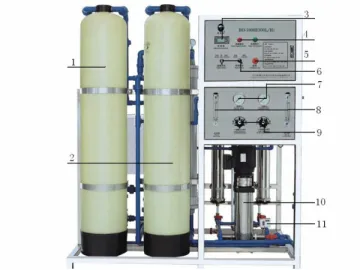 Industrial Reverse Osmosis System (300LPH)
Industrial Reverse Osmosis System (300LPH)
-
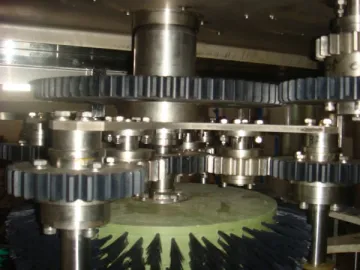 Bottle Rinsing Machine
Bottle Rinsing Machine
-
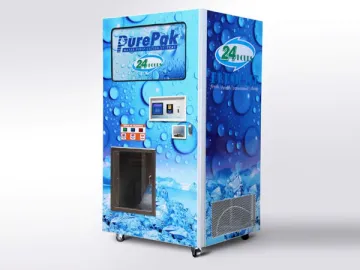 Ice Vending Machine
Ice Vending Machine
-
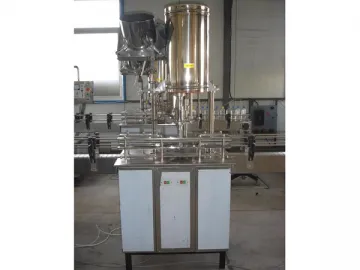 Semi-automatic Bottle Filling Line
Semi-automatic Bottle Filling Line
-
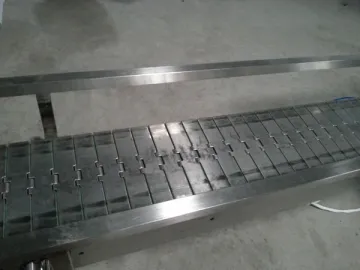 Bottle Conveyor
Bottle Conveyor
-
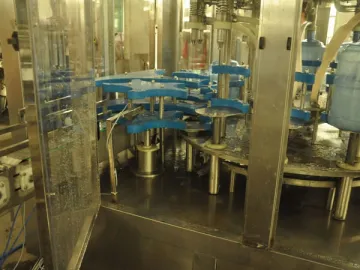 Bottle Filling Machine
Bottle Filling Machine
